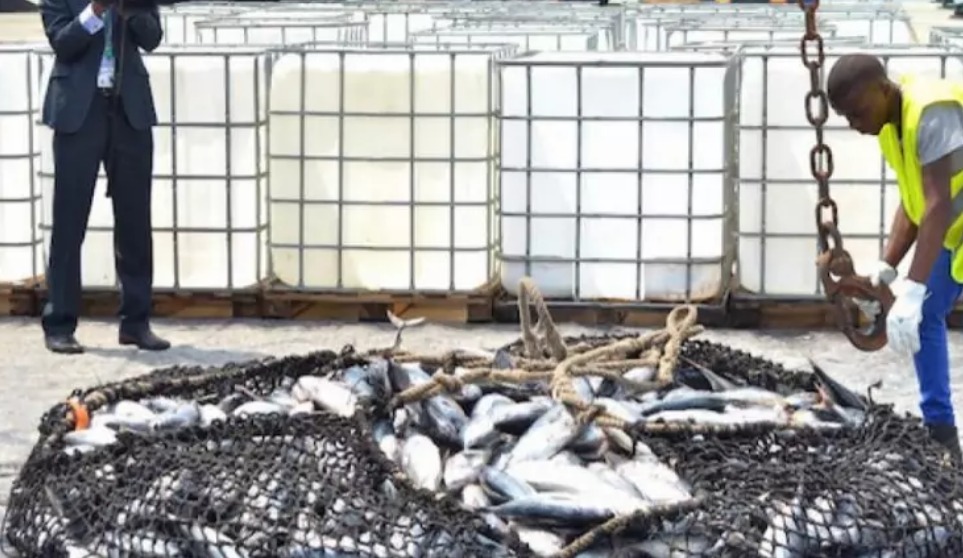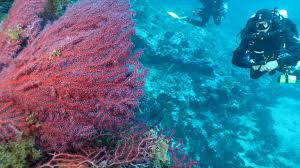It is through decision n°06/24/MAEP/SG/DGPA signed on March 15, 2024 that the Minister of Fisheries, Jonathan Ignoumba announced the temporary closure of the Komo Estuary and its tributaries to activities. fishing and aquaculture. To this end, patrols will crisscross the area to apprehend offenders.
The protection of the Komo Estuary and its tributaries is at the heart of the concerns of the Ministry of Fisheries in Gabon, headed by Jonathan Ignoumba. By means of decision n°06/24/MAEP/SG/DGPA dated March 15, 2024, a temporary closure of this area to fishing and aquaculture activities was decreed. This decision could be motivated by the need to preserve aquatic resources and regenerate marine ecosystems.
Temporary closure of the Komo Estuary
“The Komo Estuary and its tributaries are closed, until further notice, to fishing and aquaculture activities,” indicates the press release from the Ministry of Agriculture. 230 km long, the Komo is the 3rd largest river in Gabon. The river which has its source in Equatorial Guinea is rich in marine biodiversity. Its ecosystem is vital for the health and ecological balance of the region. Its tributaries, which include major rivers, are home to a wide variety of fish, shellfish and other aquatic life.
If in its communication, the government does not specify the reasons for this decision, it could be motivated by the desire to allow the regeneration of fish populations and to restore the balance of aquatic ecosystems. By banning fishing and aquaculture in the region, Gabonese authorities hope to provide marine resources with a necessary period of respite to recover and reproduce. The area concerned extends from the Libreville Artisanal Fishing Support Center (CAPAL) to the entrance to the city.
While it is true that this measure will impact the economic activity of fishermen, it remains essential to ensure the sustainability of aquatic resources and guarantee a viable future for communities dependent on fishing. Therefore, to enforce this measure, patrols will be deployed in the area to monitor and apprehend any offenders.



